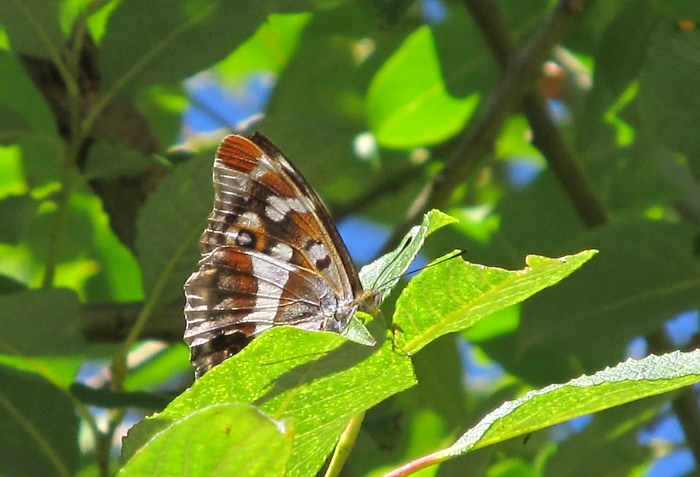
Many more experiments await. However, for references of acceptance postures please refer to the following links: Langlois (1964), Nishida (1996), Wantanabe (2011). The links can be found below:
https://kb.osu.edu/dspace/bitstream/handle/1811/4971/1/V64N01_001.pdf
http://link.springer.com/article/10.1007/BF02029947#page-1
http://images.peabody.yale.edu/lepsoc/jls/2010s/2011/2011-65-4-259.pdf






